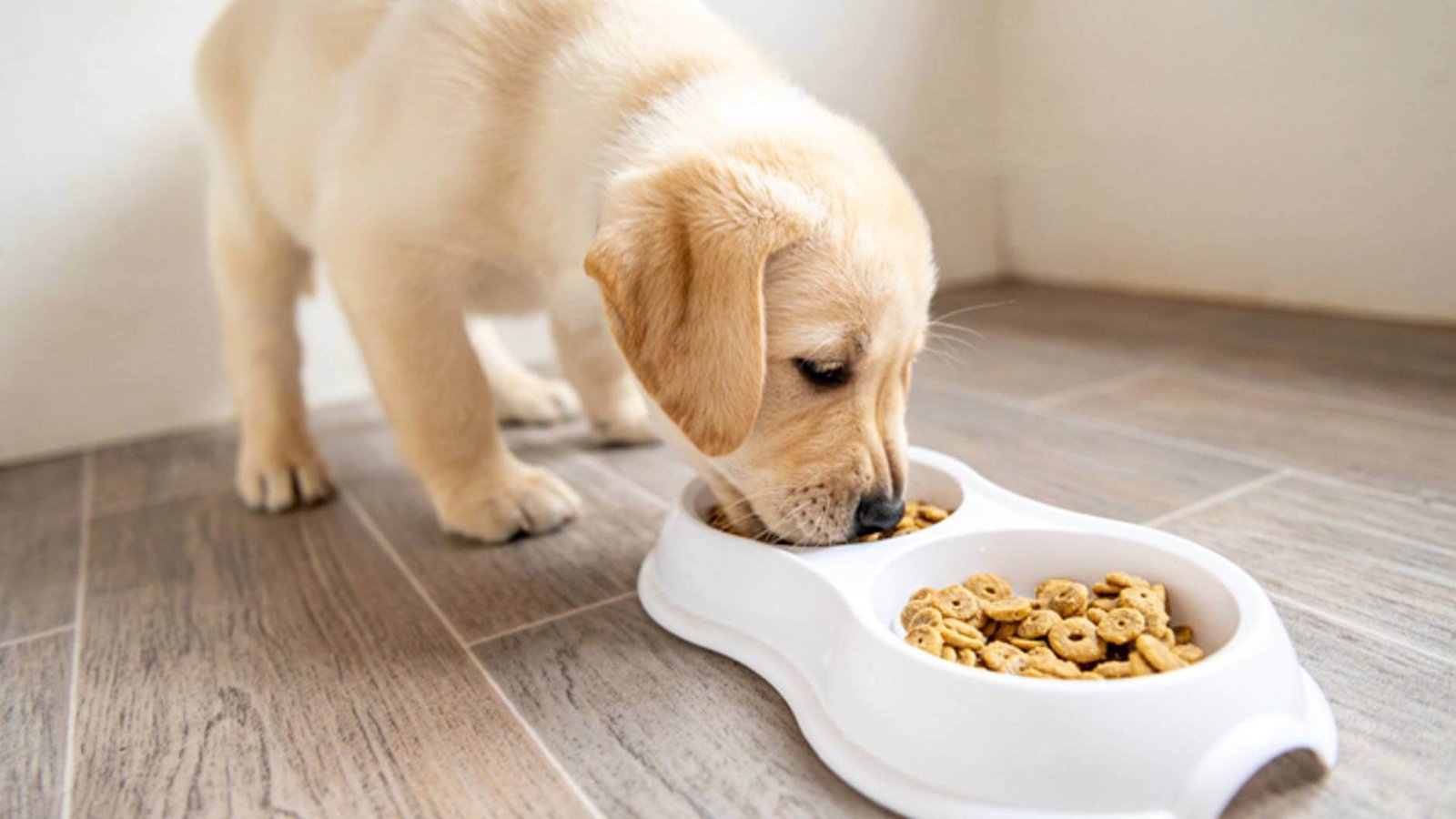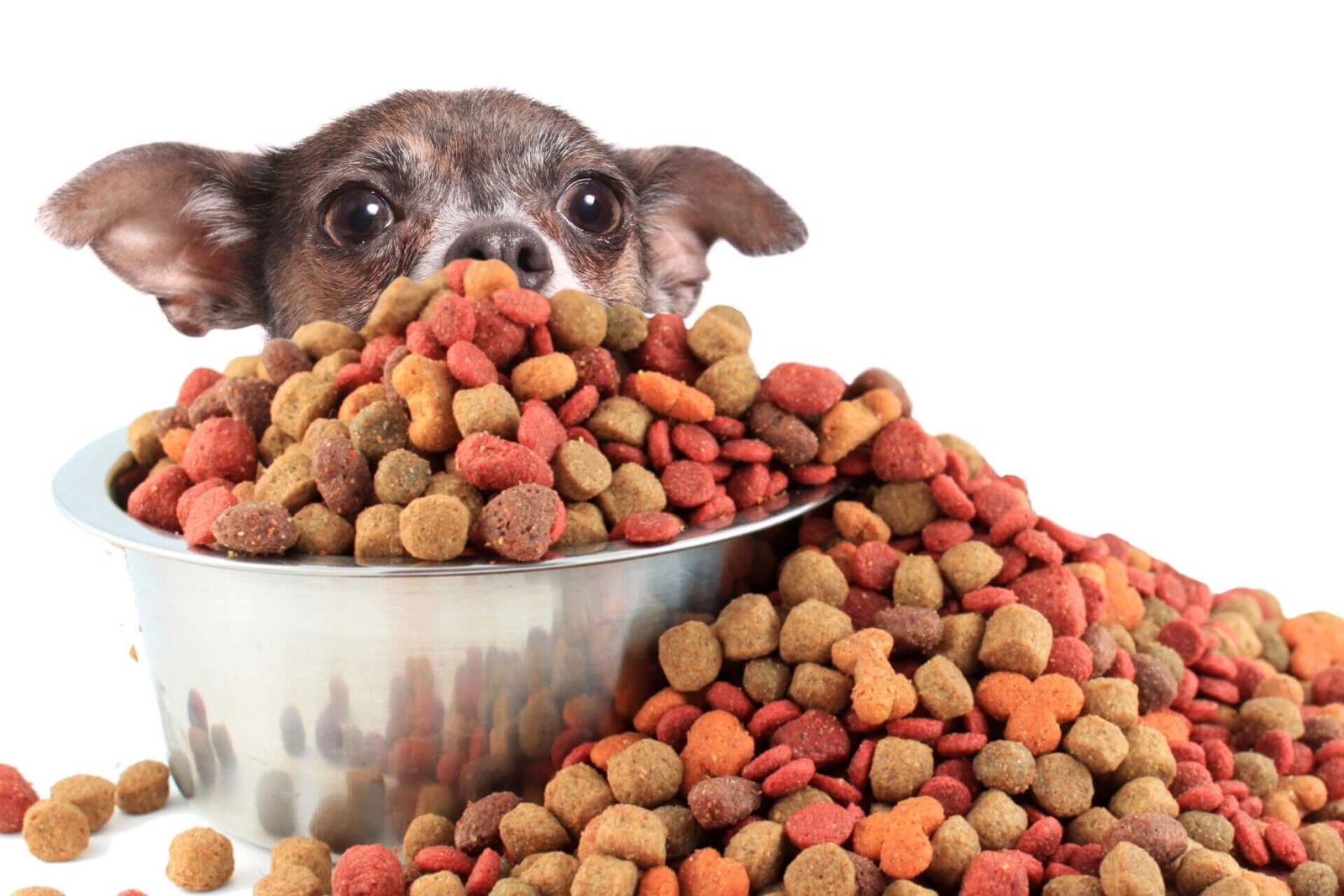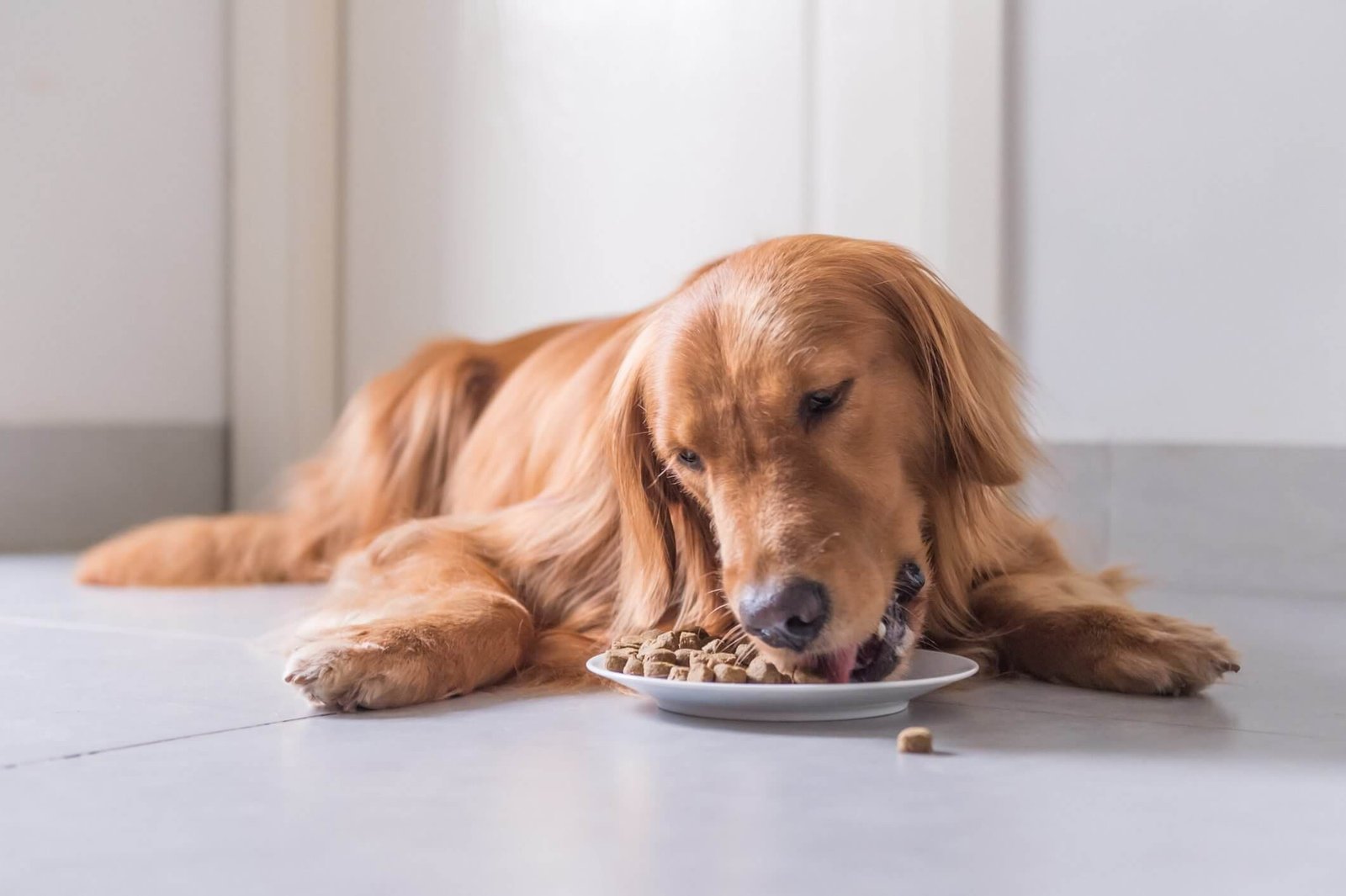As a canine discern, you want the most straightforward, the very excellent, in your fur child. But with many such options on the market, it may take time to recognize which food is satisfactory for your dog. On this put up, we talk about dog diets and how and when to make the exchange if wanted. Dog diets are somewhat diverse from one another. For example, a canned dog food diet is adequate for dogs in a kennel or canines who cannot access fresh meals. The diets provided inside a frozen state usually offer a significant measure of convenience and do not require cooking. The downside of these diets is that the ingredients may be less healthy than if you made a home-prepared diet for your pet. Dry kibble diets are very varied and typically look like pieces of cooked cereal. These diets generally come in stages, with animal byproducts included early to ramp up protein levels but slowly declining to avoid the risk of allergies or other adverse reactions.
What should a dog’s diet consist of?
A dog’s diet is determined by multiple factors such as age, breed, and health. Still, there are some available nutrients that all doggie diets should include: proteins, water, minerals, vitamins, fats, and carbohydrates. However, these nutrients should not be in exact proportion, and not all ingredients are equal! For example, dogs can digest carbohydrates, but complex carbohydrates such as grains should be avoided. Examples of “safe” carbs are sweet potato, pumpkin, and butternut squash. All dogs benefit from food that contains recognizable and minimally processed ingredients. If your budget allows, opt for foods that contain natural and locally sourced ingredients. Foods that should not be in a dog’s diet include peanut butter, chocolate, or onions. These foods can cause an upset stomach and the risk of increased gas production. Protein: Protein is the body’s building block for muscle and helps to regulate hormones that control growth, metabolism, immune function, and more. Without adequate protein in your dog’s diet, they will begin to break down their muscle tissue for energy.

Protein sources are lean meats such as chicken breast, turkey breast, and beef; eggs; fish; low-fat dairy products including milk and yogurt; and plant-based protein sources such as quinoa, lentils, tofu, and edamame. To have a balanced diet including quality proteins, your dog should be given 3-5% of their total caloric intake in protein. A general guideline is 0.1-0.3% of your dog’s body weight in grams daily. Fat: Fat is an essential nutrient for all animals, especially dogs, that help grow new cells, maintain healthy skin, fur, and teeth, and alleviate stress on joints.
When should a dog’s diet be changed?
You may be considering switching up your canine’s meals for several reasons, such as looking for a healthier food regimen for your domestic dog. However, there are probably some dog food reviews that you can find and use as a reference point on what to feed your pet. It might also be beneficial to go with a particular ingredient your canine loves or even one known to do well for them in the long run. A few other not unusual motives you can alternate a canine’s diet are:
Age: As your dog a while, you’ll have to adjust their diet to deal with their changing bodies and metabolism.
Illness: Many illnesses or illnesses would require a weight loss plan exchange to alleviate symptoms associated with your dog’s specific situation.
Allergic reactions: food hypersensitive reactions are one of the most commonplace reasons people alter their dog’s food plan. If you’ve removed publicity to different allergens along with fleas or pollen, you may need to work with your vet to see if your dog is allergic to any of the substances of their food.
Weight problems: a bit of pudge by no means harm every person. But if your dog’s weight problems are making it difficult for the dog to move with no trouble or are inflicting fitness troubles, it’s time to make a trade.
How do I change my dog’s diet?
Regardless of the motive, an exchange in the weight-reduction plan is enormous. Dogs are routine creatures, and meals are one of the maximum steady components of their routine. They’ll be able to lose on their own (perhaps by slacking off or not consuming enough); however, most will regain the weight as much as a consequence of their regular consumption. A small dog’s digestive tract is narrower when compared with that of larger dogs. This will make it more challenging for them to digest meals, creating more fecal matter. Make positive your pet’s meals are suitable, and calculate how many calories the canine consumes daily to know how they should be fed. It’s good for your dog if you can keep up with his needs for both weight reduction and feedings.
If the pet consumes proper meals and increases his activity levels, he will be more excited to stay fit. Any adjustments in your canine’s weight loss program must be carried out slowly and gradually. Don’t worry about your pet’s weight as long as they eat clean meals and get enough physical exercise. Are you able to maintain a healthy balance between weight reduction and feedings? The Yank Kennel membership recommends the following 7 day schedule:
- Day 1: 25% new weight-loss plan and 75% old weight-reduction plan.
- Day 3: 50% new weight loss program and 50% old food plan.
- Day 5: 75% new weight loss program and 25% vintage weight loss program.
- Day 7: 100% new diet.

There are some things to remember at some point in this manner. Each dog is exclusive. The above schedule is just a guideline, and if you have a canine with a sensitive belly or want to be cautious, you should control the transition. Similarly, any food plan change can result in an upset tummy, so it’s OK to have an indoor dog toilet like Loobani to ensure your canine has 24/7 access to a puppy potty. If you want to exchange your puppy’s food regimen because of contamination, provide this under your vet’s guidance. However, your canine usually regulates a new diet without issue. Baby food should have added water to it, and the amount of water the mixture is sifted through will depend on the baby food you are using.
For instance, if your baby was eating a jar of applesauce that you’d like to feed them, in case your canine is more minor than three pounds and has historically had diarrhea or diarrhea-prone issues, you might add 3 ounces of water for every one ounce of baby food as a precaution. Suppose your canine has any signs or traces of vomiting or diarrhea within 24 hours after taking in a diet change (which could be the new food or a different type). In that case, it is one thing to give your canine some fluids to help with diarrhea, but you must do so under the supervision of a vet. When you first bring your canine house from the breeder, she will most likely get a wellness examination and be vaccinated. The well-being exam ensures that the dog is free of disease and parasites. A vaccination program may not have been completed when she was new to your home. If your pet needs any vaccines, they should be given as soon as possible after finishing the wellness exam (which can take around 2 hours). I was getting close to my due date so I got this really great book as a pregnancy present called “The Sensitive Pregnancy” by Dr. Raymond Lamont. It has a lot of information about prenatal care along with lots of illustrations and really helpful info. I found it very informative, and I even showed it to my mom and sister when they were pregnant(I know, super cool).



